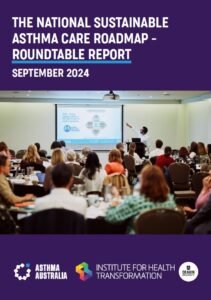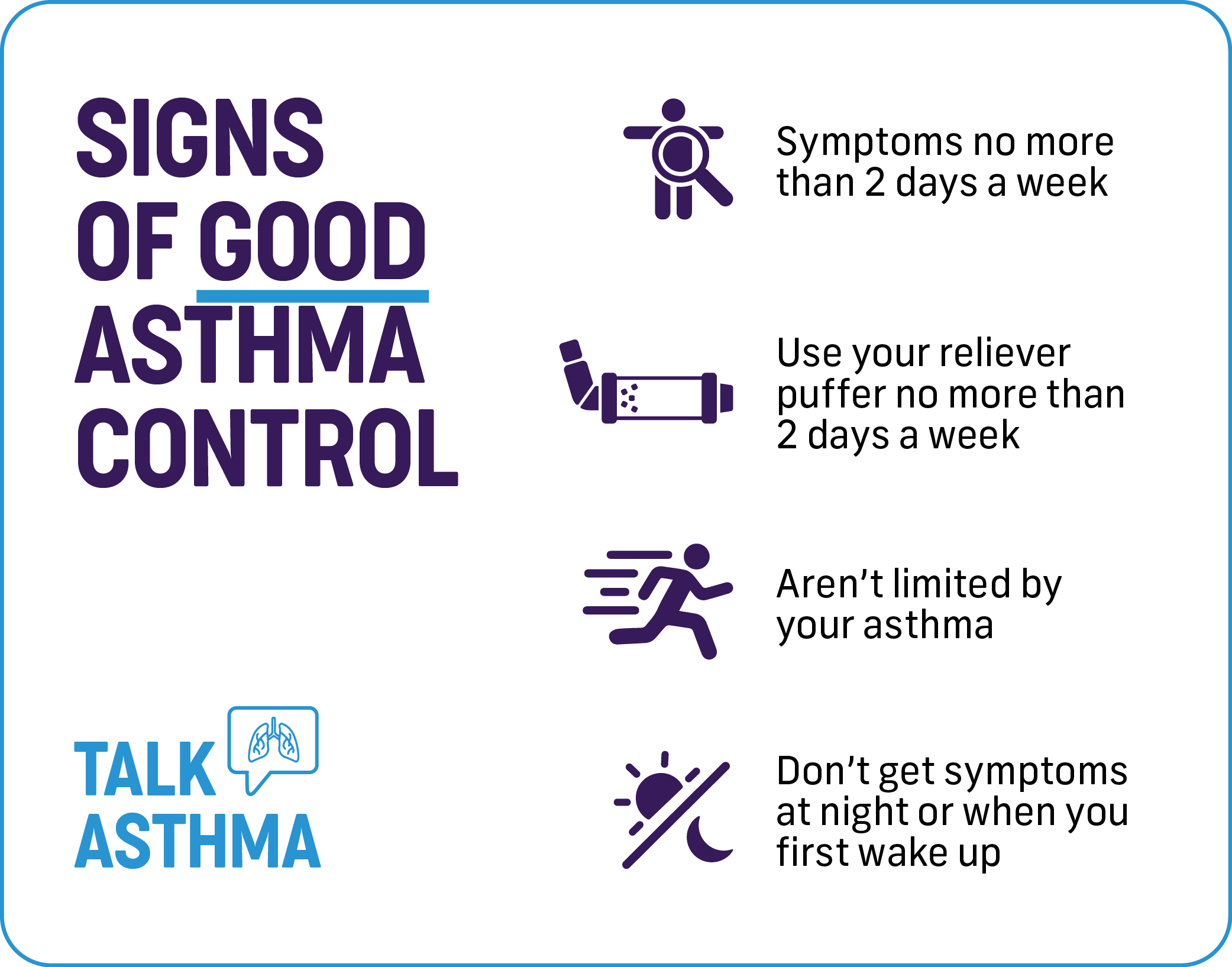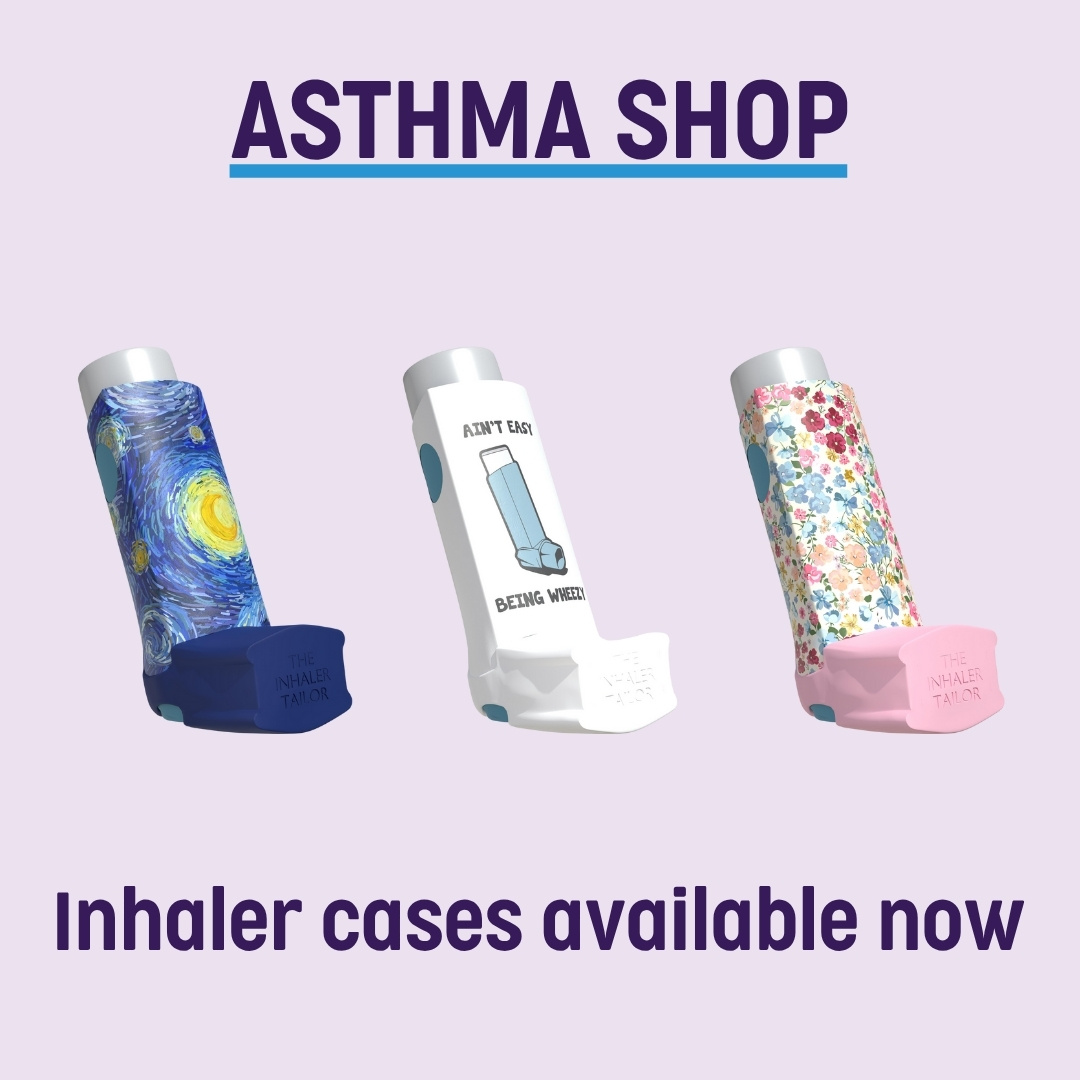We understand that taking care of asthma, whether it’s yours or your child’s, in the best possible way is your top priority. Your family’s health always comes first! Another priority for people with asthma is caring for the planet. You might already make many green choices in your daily life. Things like using reusable bags or recycling.
 The National Sustainable Asthma Care Roadmap is a plan for high-quality, evidence-based asthma care. And great news – it helps the planet at the same time.
The National Sustainable Asthma Care Roadmap is a plan for high-quality, evidence-based asthma care. And great news – it helps the planet at the same time.
What does this mean for you?
- Care that helps you prevent symptoms and live your life fully.
- Care that keeps you safe from life-threatening asthma attacks.
- Care that limits the amount of toxic rescue medicine you need.
- Care that follows the evidence based, best-practice guidelines.
- Care that creates the best outcomes and the least number of medicines or side effects.
- Care that is sustainable for the planet, and affordable to your budget.
If you would like to read the full Roadmap click here.
| Q. How can good asthma care be good for the planet? |
A. Asthma medicine that comes in a pressurised metered dose inhaler (pMDI), such as a blue reliever puffer, contains a propellant to make it spray. Each spray releases a tiny amount of greenhouse gas into the atmosphere.
While reliever puffers are essential for asthma attacks, needing a reliever frequently suggests that your current asthma treatment plan isn’t working. It also means all that reliever use adds up to an avoidable chunk of greenhouse gases.
Good, preventative asthma care can reduce your asthma symptoms. Fewer symptoms means less reliever puffer use.
In other words, high-quality care = low-emission care.
Regardless of greenhouse gas emissions, frequent use of relievers may also increase your risk of asthma flare-ups. Emptying three or more blue reliever inhalers in a year is associated with an increased risk of asthma flare-ups. Emptying 12 or more in a year is associated with an increased risk of asthma death. But with the right high-quality asthma care, both of these risks can be lessened.
| Q. What is high-quality asthma care? |
A. High quality asthma care is about preventing asthma symptoms, so they are less likely to happen. This is achieved by dealing with the underlying inflammation and sensitivity in the lungs.
There are two main ways to do this:
- By using an anti-inflammatory medicine called an ‘inhaled corticosteroid’ – sometimes called a preventer.
- By using an ‘anti-inflammatory reliever’
There are many other ways. Which option is best for you will depend on the severity of your asthma and other individual factors.
The best asthma treatment is the medication and inhaler type that works best for you, to reduce symptoms and prevent asthma attacks. If your asthma is well-managed, you won’t need your reliever as much, or other healthcare. That’s better for you and happens to be best for the environment too.
Australia has world-class, evidence-based asthma guidelines to help guide your asthma treatment. Your doctor can refer to these to decide what level of treatment your asthma needs. The aim is to tailor the treatment to your needs, to prevent symptoms and avoid attacks.
For most people with asthma, the right treatment can reduce your symptoms to the point of needing your reliever less than twice a week, if at all. If you need help to get there, see our guide for getting better asthma care.

| Q. My asthma is already controlled, are there any other ways I can make my asthma ‘greener’? |
A. Keep doing what you’re doing if your asthma is well controlled! Yes, even if you are using a pMDI inhaler or ‘puffer’. When your asthma is well controlled, you create much lower inhaler emissions overall.

When you are finished with your inhalers, take them back to the pharmacy to dispose of them in a ‘Return Unwanted Medicine’ bin. This means the inhaler will be disposed of in a manner that lowers any excess greenhouse gas leakage.
Different types of inhaler devices emit different amounts of greenhouse gases. It depends on if they use a gas propellant, and what kind of gas is used. However, if your asthma is under control, there may be no need to switch. Changing preventers unnecessarily could hurt your asthma control more than it helps the environment.
If you’re unsure about your asthma control or simply want to understand all of your options, talk to your doctor. There is likely to be a device that suits your needs and lifestyle.
| Q. I need my reliever a lot because I have lots of asthma symptoms. What should I do? |
A. Urgently make an appointment with your doctor for an asthma review.
Talk to your doctor about how often you have asthma symptoms. They will work with you to find the right preventer medicine for you. You can let them know if you have an idea of what kind of device you would like to try.
If you feel like you aren’t getting the time and care you need to improve your asthma self-management – see our guide for getting better asthma care.
For a free consult with an Asthma Educator, call 1800 ASTHMA (278 462) or book a call below.





 1800 278 462
1800 278 462



